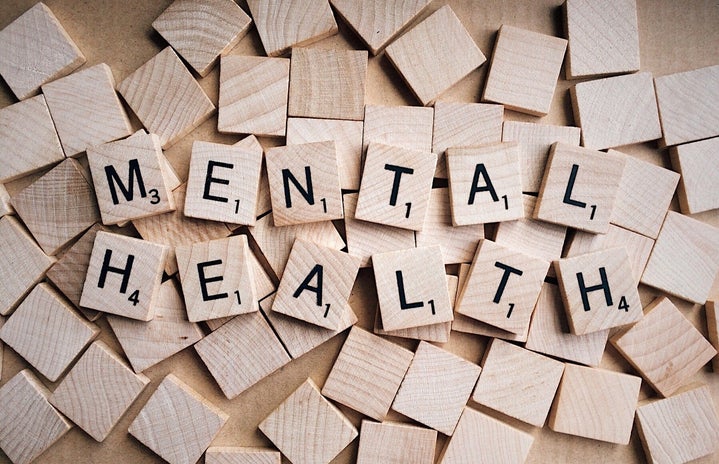As someone with a diagnosis of autism, I have had experiences where others have believed me to be more severely impacted by my diagnosis, and other times where I have been labeled as “crazy”, “weird”, “messed up” and even “mysterious”.
From these experiences, I have learned that there are so many misconceptions about those with autism, as well as with other psychiatric disorders. In addition to this, I have also learned that such misconceptions often prevent people from seeing the unique qualities and strengths of an individual with psychiatric disorders.
In discussing the misconceptions that are associated with psychiatric disorders, it is important to consider the effects of stigma and media portrayals of psychiatric disorders to get a better understanding of these misconceptions.
STIGMA
Stigma refers to a set of characteristics or traits that are perceived negatively by others or are viewed as a disadvantage. Stigma has especially been shown to negatively affect those with psychiatric disorders, in which such characteristics have led to the labeling, discrimination and ridicule of these individuals.
For example, someone with schizophrenia may be labeled as “dangerous” or “violent”, while someone with ADHD may be labeled as “incompetent” or “lazy”. It is because of these labels that discrimination against individuals with psychiatric disorders can occur in the workplace and in educational settings.
Discrimination of these individuals may involve an individual having difficulties with finding work or maintaining employment, finding insurance, as well as with maintaining a social network because of being perceived negatively by others.
media portrayals
Misconceptions of those with psychiatric disorders have also been portrayed in the media, in which stigma is applied to characters with psychiatric disorders, especially through labeling and harmful stereotypes.
Labels such as “violent”, “dangerous” and “incompetent” are often portrayed in the media, in which characters in TV shows and movies, as well as in the news are portrayed as individuals who commit violent acts or who are incapable of following society’s expectations.
In one analysis of the media’s portrayal of mental illness, it was found that “characters with mental illness were 10 times more likely to commit a violent crime than other characters and 10 to 20 times more likely to commit a violent crime than someone with mental illness in real life.” Implying that individuals with psychiatric disorders were more likely to be perceived as violent by others than those with non-psychiatric disorders.
Other misconceptions portrayed in the media include psychiatric disorders being categorized into one area and those with psychiatric disorders being fragile, in which there is no hope for those characters. Contrary to these misconceptions, no one’s experience with psychiatric disorders is the same and a proper treatment plan, as well as support from family and friends can improve an individual’s symptoms.
I hope you found learning about these misconceptions to be quite beneficial in your knowledge of stigma as it is associated with psychiatric disorders and how they are portrayed in the media. It is our characteristics that make us unique.


